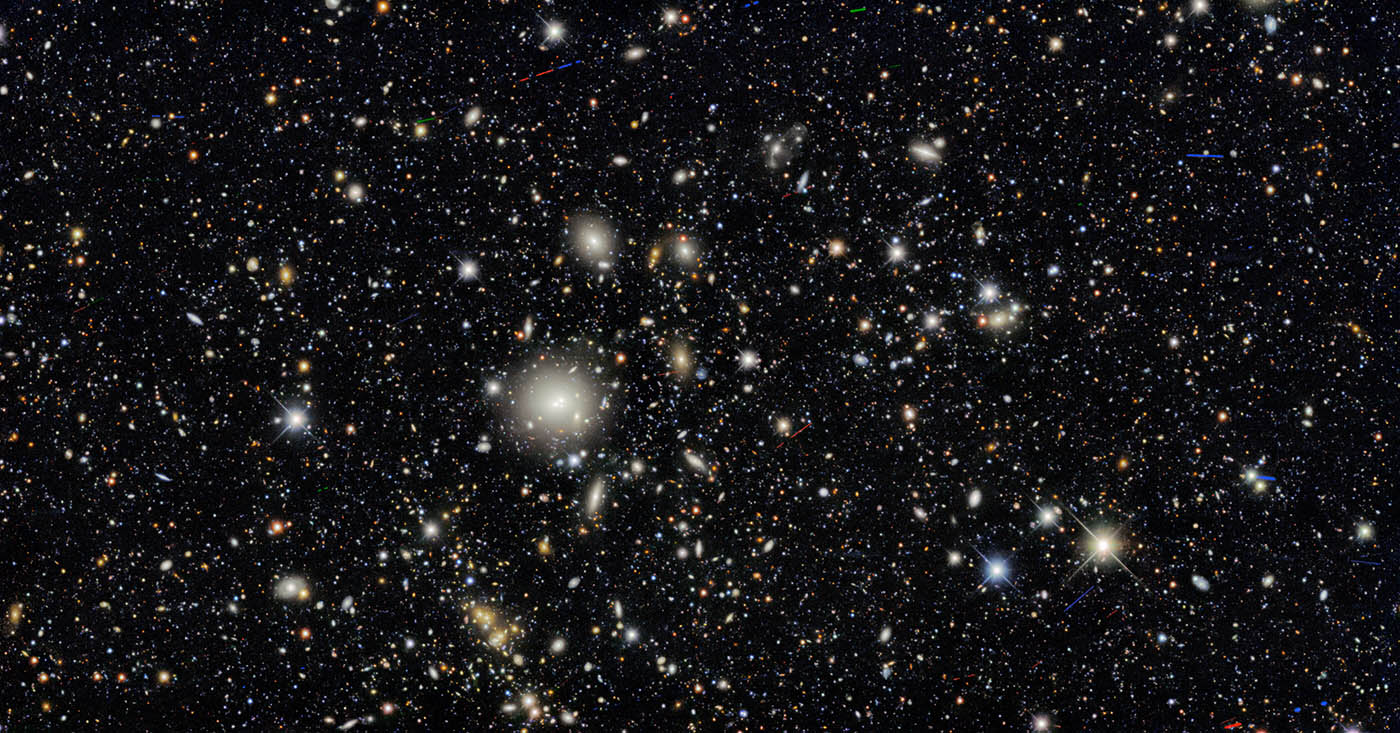
Why is the expansion of our Universe accelerating? Twenty-five years after its discovery, this phenomenon remains one of today’s greatest scientific mysteries. To unravel it, we need to put the fundamental laws of physics to the test, including Albert Einstein’s general relativity. A team from the Universities of Geneva (UNIGE) and Toulouse III – Paul Sabatier has compared the predictions of the famous physicist with measurements based on data from the Dark Energy Survey program. They discovered a slight discrepancy, depending on the period in the history of the cosmos at which the calculations were made. These results, to be read in Nature Communications, challenge the validity of Einstein’s theories to explain phenomena at work outside the solar system, on the scale of the Universe.
According to Albert Einstein’s theory, our Universe deforms under the influence of the matter it contains, rather like a large, flexible sheet. These deformations, caused by the gravity of celestial bodies, are known as gravitational wells. When light passes through this frame of irregularities, its trajectory is deflected by these wells, as if by a glass lens. But here, it’s gravitation, not glass, that bends the light. This is known as the “ gravitational lensing ” effect.
Observation of this effect provides information on the constituents, history and expansion of the Universe. Its first measurement, in 1919 during a solar eclipse, confirmed Einstein’s theory, which predicted a deviation of light twice as great as that predicted by Isaac Newton. This difference is explained by the addition of a new “ingredient” by Einstein: the deformation of time, in addition to the deformation of space, to obtain the exact curvature of light.
Theory vs. data
But at the very edge of the Universe, do these equations work? This is the question posed by many scientists trying to quantify the density of matter in the cosmos and understand the acceleration of its expansion. A team from the Universities of Geneva (UNIGE) and Toulouse III – Paul Sabatier, using data from the Dark Energy Survey – an international program that surveys the shape of hundreds of millions of galaxies – has come up with new answers.
IRAP for more
